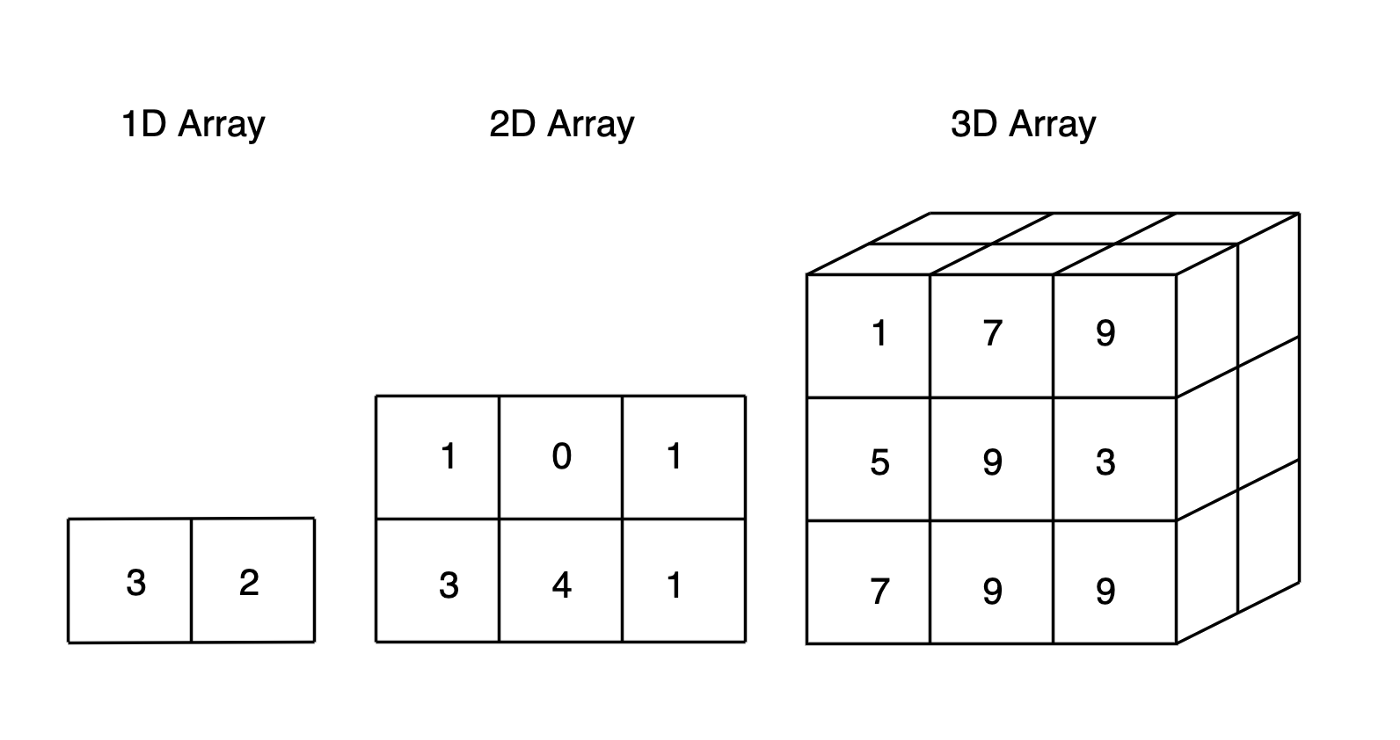It requires wisdom to understand wisdom. The music is nothing if the audience the deaf!.

Everyone has a story to tell, what makes the story a great one or interesting is if the audience is engaged and so, they require a complete understanding of what you are talking about.This blog post aims at helping newcomers to know more about the organization and the project that I am working on

You will find it definitely intersting
Zarr
What is Zarr?
Zarr is an open-source data format for storing chunked, compressed N-dimensional arrays. Zarr is based on an open technical specification, making implementations across several languages possible. The Zarr implementations are managed by various developers, organisations, groups etc.
Like me, you could be wondering what an array is: Arrays are a fundamental data structure, and an important part of most programming languages. In Python, they are containers or variables which are able to hold (store) more than one item at the same time. Specifically, they are an ordered collection of elements with every value being of the same data type. There are one dimensional and multidimensional (two-dimensional and three-dimensional).

What is the idea behind Zarr? The goal is providing classes and functions for working with N-dimensional arrays of data by dividing into chunks and each chunk is compressed and some additional flexibility, which ensures efficiency of memory, quicker access of memory.
Now that you have a little insight on Zarr and its objectives, let me brief you about what my project is about…

My project- Create Tutorials For Zarr My project focuses on creating tutorials for the easy access and usage of Zarr. My project has four(4) main tasks, which are;
- Reading and understanding the existing tutorials available on Zarr documentation and Jupyter notebooks presentations
- After gaining a basic understanding and working of Zarr, start writing tutorials for beginners
- Converting the tutorials into a complete Jupyter notebook containing presentations/slides and underlying working of Zarr (experience of working with designing would be a plus here)
- Help in designing Jupyter notebooks for visualising Zarr data present across multiple domains

Why is this project important;
- Having Zarr tutorials which would serve as a good starting documentation for new contributors
- Exhibit how easy it is to use Zarr and work with
- Create tutorials which can be used by the community while presenting at various conferences, summits, meet-ups etc.
- The tutorials would also serve as a solid foundation for further work
What am I learning through this? Working on this project helped me get exposure to real-world applications, collaboration of code, and interacting with the open-source community. In addition to learning the tools that are used to make and execute Zarr and its implemetations, I am also learning how to write more elaborate and understandable tutorials.
All these is only possible thanks to my amaizing mentors Josh Moore and Sanket Verma

To New Contributors– Zarr is a newcomer-friendly community where everyone is warm, welcoming, and ready to help. Just join the Gitter channel and drop a “hi” or a query with your introduction and how you want to proceed, together with your project title. As simple as that, so don’t hesitate if you’re interested in contributing! Thanks for reading, see you in my next blog post, where i shall share with you more interesting insights.
The End!
Hasta Pronto ;)
